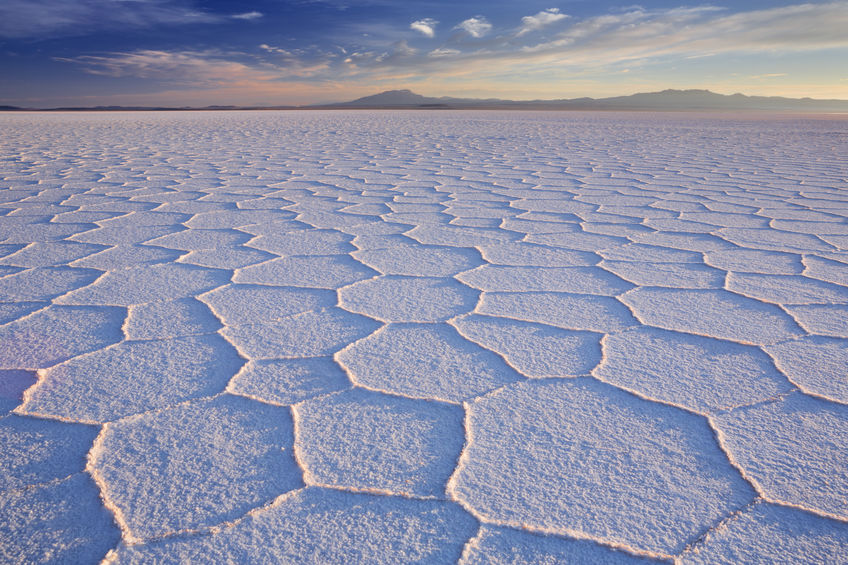Salty earth is not ideal for growing plants. When Roman general Scipio Africanus sacked the city of Carthage during the Third Punic War (146 BC), he was said to have plowed it over and salted its fields with salt to ensure it never rose again.
Today, salinized soil encompasses about 20 percent of the earth’s surface. It occurs most notably in coastal regions, or basins, where seawater goes inland and evaporates leaving behind its dissolved salts. Such deposits can have a very detrimental impact on growing food. Studies in India indicate that corn production drops by as much as 39 percent and cotton by 63 percent in areas that are farmed in salty areas as opposed to those which are not.
So how to contend with increasing crop yields, especially in the developing world, in less than desirable soil? Biotechnology may help provide an answer.
As reported by the Genetic Literacy Project, a team of BYU researchers have been looking into creating new varieties of common crops that have growing potential in salty regions. To date, much of the effort has gone toward breeding “salt tolerant” crops, but these scientists are taking a different approach that focuses on microbiomes:
“Instead of breeding for salt tolerance, the group at BYU set out to identify bacteria from the rhizosphere (the region of soil surrounding plant roots) of halophytes that might help accomplish the same goal. Halophytes are naturally salt-tolerant plants that grow in deserts, marshlands, and along ocean coastlines.
For this project, which was published in the journal Frontiers in Microbiology, the BYU group sampled soil and root tissue from three halophytes native to Utah: Salicornia rubra, Sarcocornia utahensis, and Allenrolfea occidentalis.
The samples were then cultured on Petri dishes and 41 different bacterial isolates were identified. The researchers tested each bacterial isolate for salt tolerance and discovered that some isolates could tolerate exposure to salt at levels commonly found in the ocean.
To see if any of the identified bacteria had plant growth promoting properties, the team inoculated alfalfa growing in both lab and greenhouse conditions.
In the end, one bacterial isolate from the genus Halomonas and another from Bacillus were identified as promoting alfalfa growth at one percent sodium chloride (about 1/3 the concentration of sea water), with control plants showing growth inhibition.”
With the global population expected to reach 9.5 billion by 2050, finding ways to grow food in less than ideal conditions may prove to be important. Here’s hoping the scientists can find a remedy for growing crops in salty environs that evaded ancient Carthage.
For more information, read the complete article here on the Genetic Literacy Project website.
